Touring bikes are specifically designed for long-distance travel, offering a unique blend of comfort, durability, and versatility. Unlike standard road bikes or mountain bikes, touring bikes are built to carry heavy loads over extended periods, making them ideal for cyclists who embark on multi-day journeys or bikepacking adventures. The geometry of a touring bike typically features a relaxed frame design that allows for a more comfortable riding position, which is essential when spending hours in the saddle.
Additionally, these bikes are equipped with features that enhance their functionality, such as multiple gear options, robust tires, and the ability to mount racks and fenders. The history of touring bikes can be traced back to the early 20th century when cyclists began to explore long-distance travel as a recreational activity. Over the years, advancements in technology and materials have led to the development of modern touring bikes that cater to a wide range of preferences and riding styles.
Today, touring bikes are not only popular among seasoned cyclists but also attract newcomers eager to explore the world on two wheels. With the rise of bike tourism and the increasing popularity of self-supported adventures, understanding the nuances of touring bikes has become essential for anyone looking to embark on a journey that combines physical challenge with the joy of exploration.
Key Takeaways
- Touring bikes are designed for long-distance travel and are equipped with features to handle various road conditions and carry heavy loads.
- When choosing a touring bike, consider factors such as frame material, tire size, gearing, and brake type to ensure it meets your specific needs and preferences.
- The best touring bikes have durable steel or aluminum frames, wide tires for stability and comfort, a wide range of gears for tackling different terrains, and reliable disc brakes for stopping power.
- Comparing different touring bike models involves evaluating their specifications, price, and customer reviews to find the best option for your budget and requirements.
- Reviews of the best touring bikes on the market highlight key features, performance, and value for money to help you make an informed decision before making a purchase.
Factors to Consider When Choosing a Touring Bike
When selecting a touring bike, several critical factors must be taken into account to ensure that it meets your specific needs and preferences. One of the foremost considerations is the frame material. Touring bikes are commonly made from steel, aluminum, or titanium.
Steel frames are favored for their durability and ability to absorb road vibrations, providing a smoother ride over rough terrain. Aluminum frames are lighter and often more affordable but may not offer the same level of comfort as steel. Titanium frames combine the best of both worlds, offering lightweight properties and excellent ride quality, albeit at a higher price point.
Another vital factor is the bike’s gearing system. Touring often involves navigating varied terrains, from steep hills to flat roads, so having a wide range of gears is essential. Bikes equipped with lower gearing ratios allow for easier climbing, while higher gears enable faster speeds on flat sections.
Additionally, consider the bike’s wheel size; 26-inch wheels are often preferred for touring due to their robustness and availability of replacement parts in remote areas. Conversely, 700c wheels provide better rolling efficiency on paved roads but may be less durable on rough trails. Ultimately, the choice of frame material and gearing system should align with your intended riding conditions and personal comfort preferences.
Top Features of the Best Touring Bikes
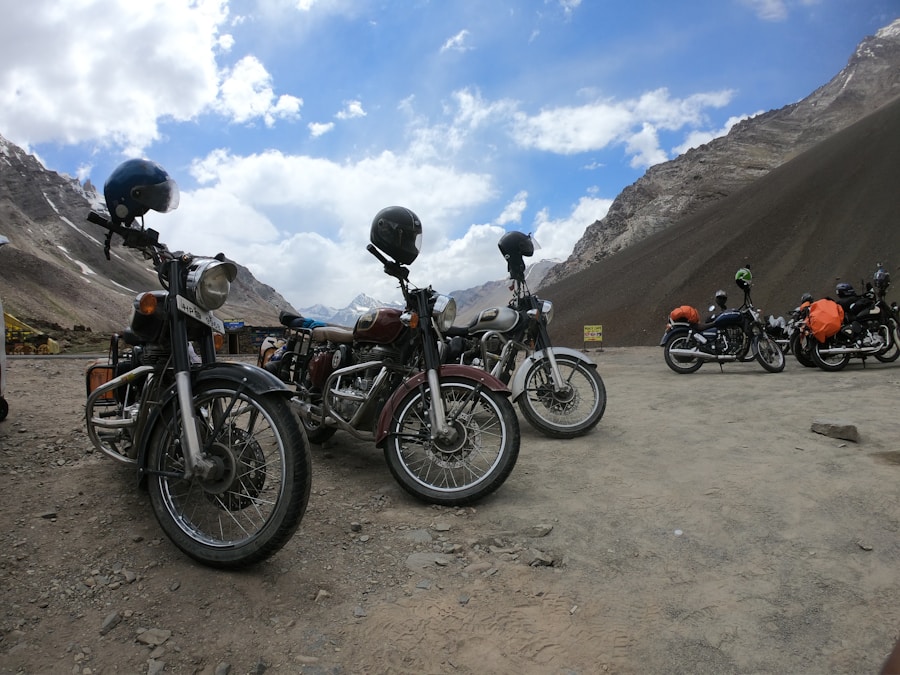
The best touring bikes come equipped with several key features that enhance their performance and usability during long rides. One such feature is the presence of multiple mounting points for racks and fenders. These mounting points allow cyclists to attach panniers for carrying gear, ensuring that essential items are easily accessible while maintaining balance and stability.
A well-designed touring bike will also have a stable geometry that promotes comfort over long distances, often characterized by a longer wheelbase and a lower center of gravity. Another important feature is the bike’s braking system. Many touring bikes utilize disc brakes, which provide superior stopping power in various weather conditions compared to traditional rim brakes.
Disc brakes are particularly advantageous when carrying heavy loads, as they maintain consistent performance regardless of the weight being transported. Additionally, touring bikes often come with wider tires that offer increased traction and stability on diverse surfaces. These tires can handle rough roads and gravel paths while providing a comfortable ride by absorbing shocks from bumps and potholes.
Comparison of Different Touring Bike Models
| Bike Model | Weight (lbs) | Frame Material | Gear Range |
|---|---|---|---|
| Trek 520 | 27 | Steel | 30-100 gear inches |
| Surly Long Haul Trucker | 29 | Steel | 26-108 gear inches |
| Raleigh Sojourn | 28 | Steel | 22-104 gear inches |
| Cannondale Touring 2 | 26 | Aluminum | 20-110 gear inches |
When comparing different touring bike models, it is essential to evaluate their specifications and how they align with your intended use. For instance, the Surly Long Haul Trucker is a popular choice among long-distance cyclists due to its robust steel frame and versatile design. It features a relaxed geometry that enhances comfort during extended rides and comes equipped with multiple gear options for tackling various terrains.
In contrast, the Trek 520 is another well-regarded touring bike that offers an aluminum frame for reduced weight while still providing ample durability. Its geometry is slightly sportier than that of the Long Haul Trucker, making it suitable for riders who prefer a more aggressive riding position. Another noteworthy model is the Kona Sutra, which stands out for its combination of versatility and style.
The Sutra features a steel frame with a relaxed geometry and comes equipped with disc brakes for reliable stopping power. It also includes mounts for racks and fenders, making it an excellent choice for both commuting and long-distance touring. On the other hand, the Salsa Marrakesh is designed specifically for adventure touring, featuring wider tires and a more rugged build to handle off-road conditions.
Each model has its strengths and weaknesses, so understanding your riding style and preferences is crucial when making a decision.
Reviews of the Best Touring Bikes on the Market
Several touring bikes have garnered positive reviews from both enthusiasts and casual riders alike. The Surly Long Haul Trucker consistently receives high marks for its durability and comfort. Riders appreciate its ability to handle heavy loads without compromising stability, making it an ideal choice for long-distance tours.
The bike’s steel frame absorbs road vibrations effectively, providing a smooth ride even on rough surfaces. Additionally, its wide range of gearing options allows cyclists to tackle steep climbs with ease. The Trek 520 has also earned accolades for its performance on both paved roads and gravel paths.
Reviewers often highlight its lightweight aluminum frame as a significant advantage for those looking to cover long distances quickly. The bike’s geometry strikes a balance between comfort and efficiency, making it suitable for various riding styles. Furthermore, its disc brakes provide reliable stopping power in all weather conditions, enhancing safety during descents or sudden stops.
The Kona Sutra has gained popularity among urban commuters and adventure cyclists alike due to its stylish design and practical features. Riders appreciate its versatility; it can seamlessly transition from daily commuting to weekend tours without missing a beat. The inclusion of mounts for racks and fenders adds to its practicality, allowing cyclists to customize their setup based on their needs.
Reviewers often commend its comfortable ride quality and stable handling, making it an excellent choice for those new to touring.
Tips for Maintaining and Caring for Your Touring Bike
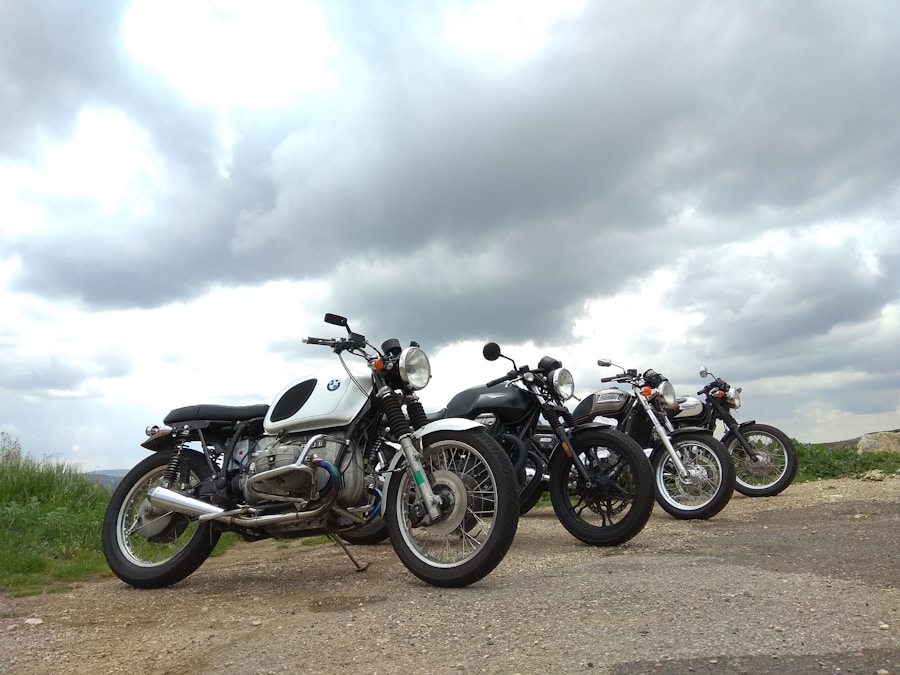
Cleaning Your Bike
After each ride, especially in wet or muddy conditions, take the time to wipe down the frame, wheels, and components to remove dirt and grime that can lead to corrosion or wear over time.
Maintaining Your Drivetrain
Pay special attention to the drivetrain; keeping it clean and lubricated will enhance shifting performance and prolong the life of your chain and gears.
Regular Inspections and Professional Tune-Ups
In addition to cleaning, regular inspections are essential for identifying potential issues before they become significant problems. Check tire pressure before each ride; properly inflated tires improve rolling efficiency and reduce the risk of flats. Inspect brake pads for wear and ensure that cables are functioning smoothly without fraying or rusting. Periodically take your bike to a professional mechanic for a tune-up; they can perform more in-depth maintenance tasks such as adjusting gears, truing wheels, and checking bearings.
How to Prepare for Your Next Adventure with Your Touring Bike
Preparing for an adventure on your touring bike involves careful planning and organization to ensure a smooth experience on the road. Start by mapping out your route; consider factors such as terrain type, weather conditions, and available amenities along the way. This information will help you determine how much gear you need to carry and what supplies will be essential during your journey.
Packing efficiently is another critical aspect of preparation. Invest in quality panniers or bike bags that can securely hold your gear while maintaining balance on your bike. Organize your items by priority; keep essentials like food, water, tools, and first-aid supplies easily accessible while storing less frequently used items deeper in your bags.
Additionally, practice loading your bike before embarking on your trip; this will help you understand how weight distribution affects handling and comfort during rides.
Conclusion and Final Recommendations for Touring Bikes
When selecting a touring bike, it’s essential to consider factors such as frame material, gearing options, and overall design features that align with your riding style and intended use. The market offers various models catering to different preferences; whether you prioritize durability with steel frames or seek lightweight options with aluminum designs, there’s something available for every cyclist. Ultimately, investing time in research will pay off when you find a bike that meets your needs perfectly.
Regular maintenance will ensure that your touring bike remains in excellent condition throughout your adventures. With proper preparation and care, you can embark on unforgettable journeys that allow you to explore new landscapes while enjoying the freedom that cycling provides.



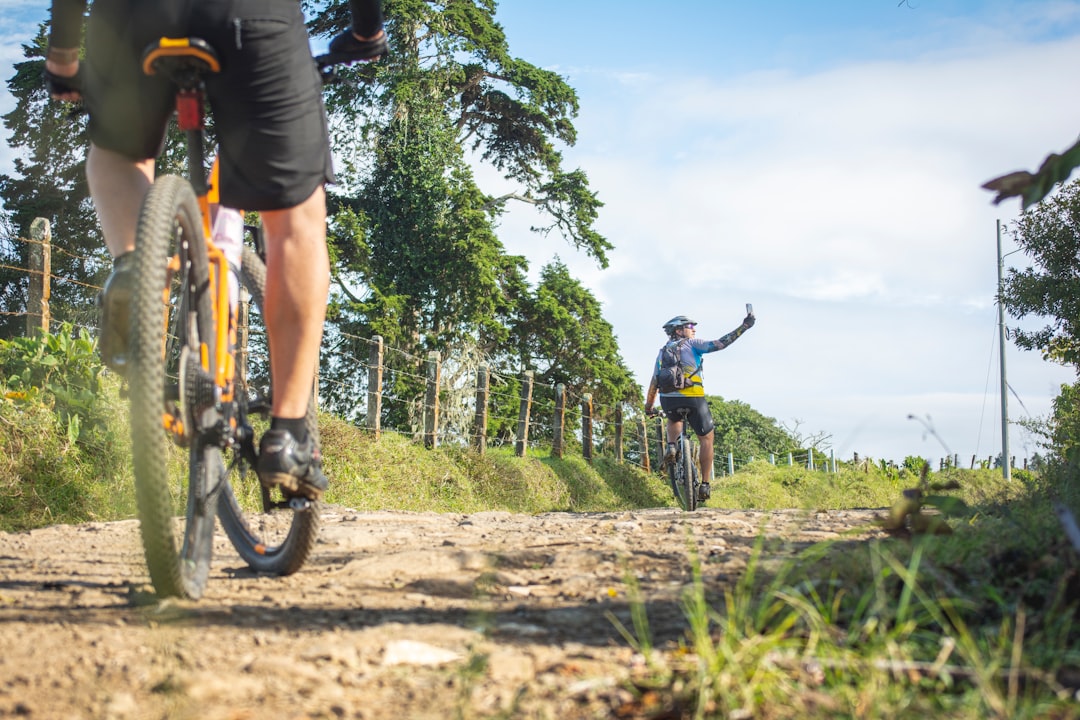
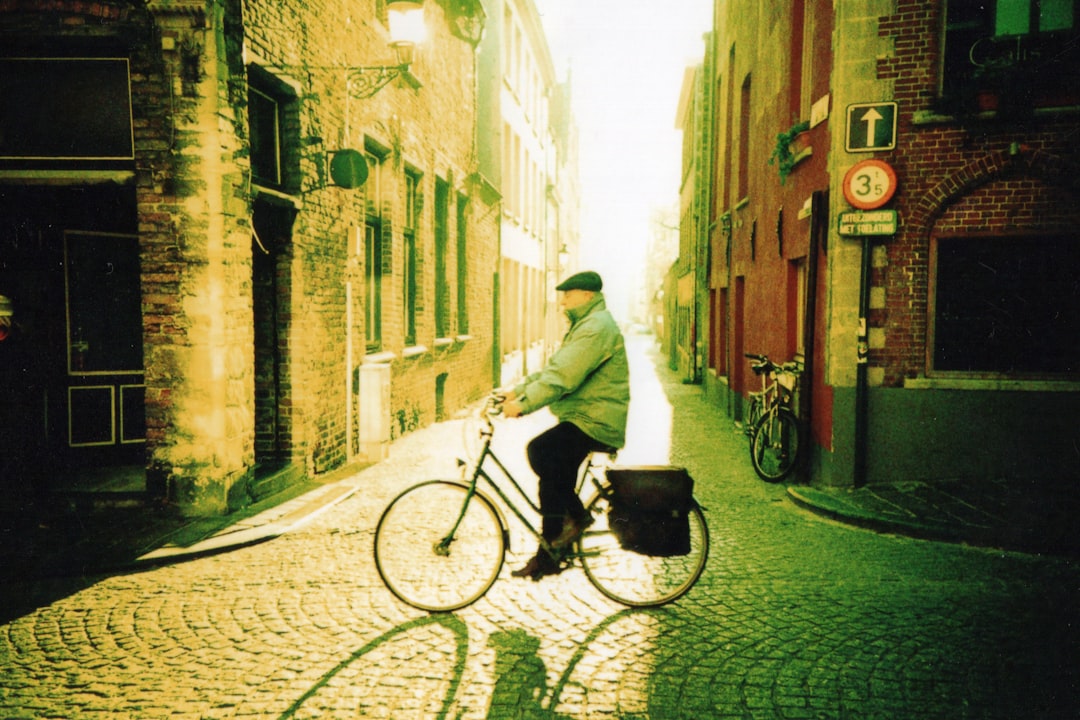
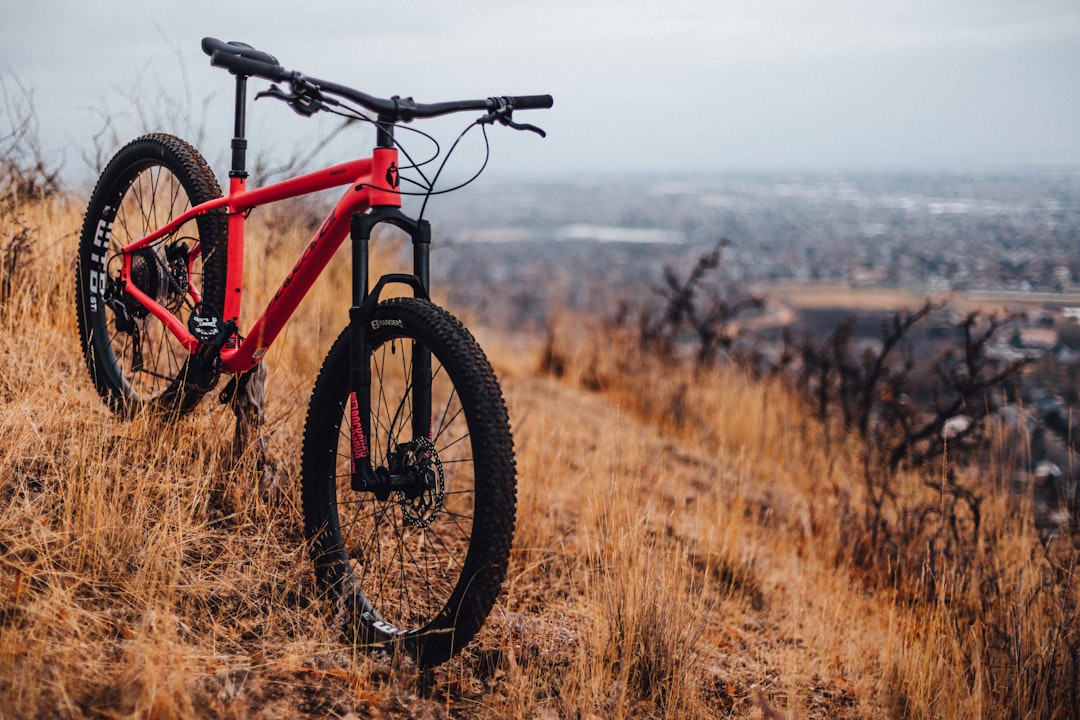









Leave a Reply